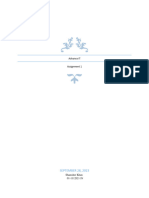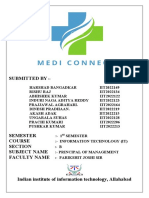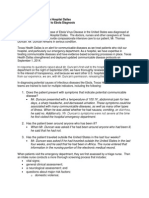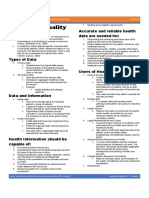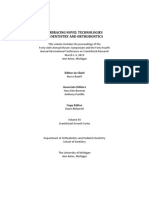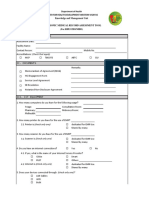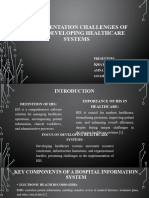0% found this document useful (0 votes)
16 views10 pagesCategories of MIS
The document categorizes Management Information Systems (MIS) into nine types: Personal Information Systems (PIS), Workgroup Information Systems (WIS), Organizational Information Systems (OIS), Inter-Organizational Information Systems (IOIS), Global Information Systems (GIS), Decision Support Systems (DSS), Executive Information Systems (EIS), Knowledge Management Systems (KMS), and Transaction Processing Systems (TPS). Each category serves distinct functions, from enhancing personal productivity and team collaboration to supporting organizational decision-making and facilitating international operations. The document also highlights examples and applications of MIS across various industries, emphasizing their role in improving efficiency and strategic growth.
Uploaded by
kabirujoy20Copyright
© © All Rights Reserved
We take content rights seriously. If you suspect this is your content, claim it here.
Available Formats
Download as DOCX, PDF, TXT or read online on Scribd
0% found this document useful (0 votes)
16 views10 pagesCategories of MIS
The document categorizes Management Information Systems (MIS) into nine types: Personal Information Systems (PIS), Workgroup Information Systems (WIS), Organizational Information Systems (OIS), Inter-Organizational Information Systems (IOIS), Global Information Systems (GIS), Decision Support Systems (DSS), Executive Information Systems (EIS), Knowledge Management Systems (KMS), and Transaction Processing Systems (TPS). Each category serves distinct functions, from enhancing personal productivity and team collaboration to supporting organizational decision-making and facilitating international operations. The document also highlights examples and applications of MIS across various industries, emphasizing their role in improving efficiency and strategic growth.
Uploaded by
kabirujoy20Copyright
© © All Rights Reserved
We take content rights seriously. If you suspect this is your content, claim it here.
Available Formats
Download as DOCX, PDF, TXT or read online on Scribd
/ 10






























